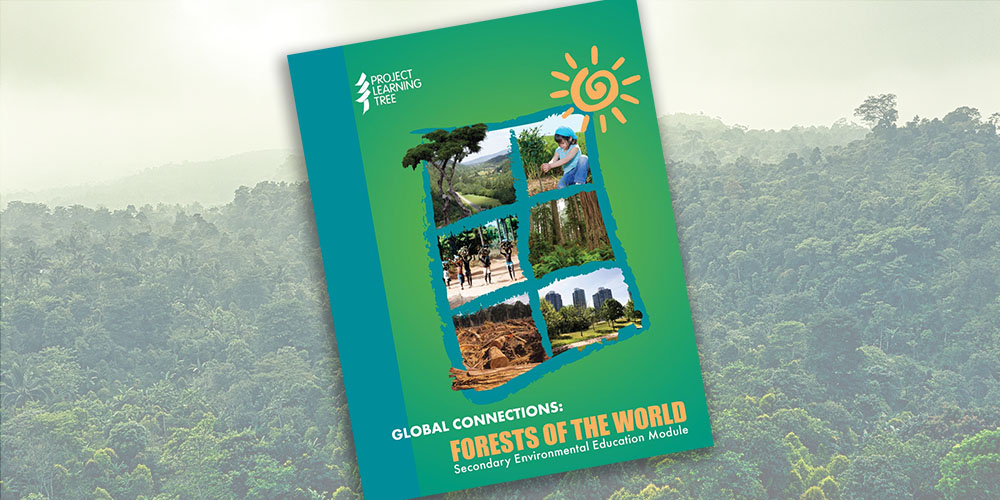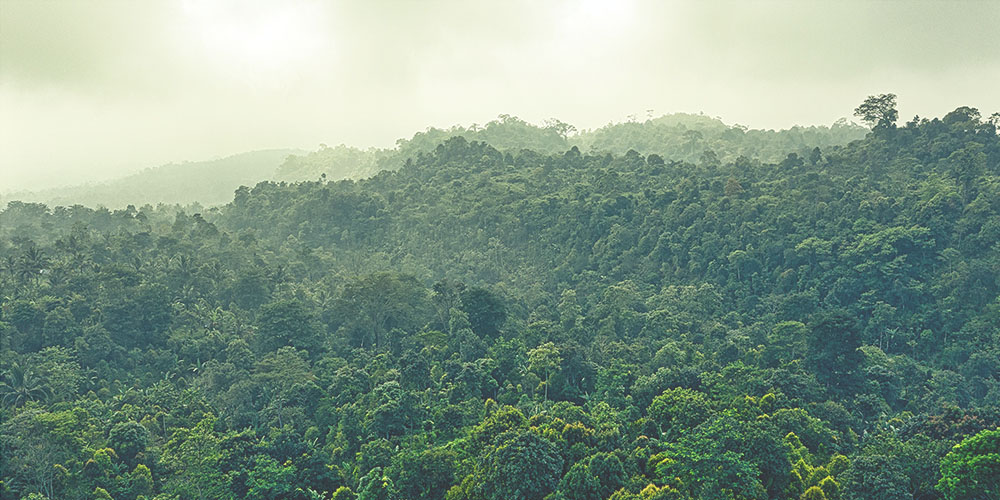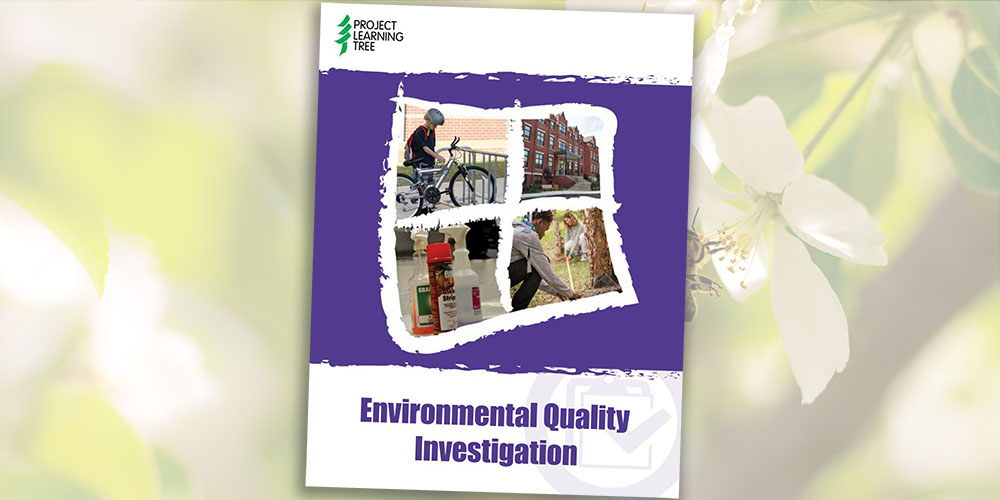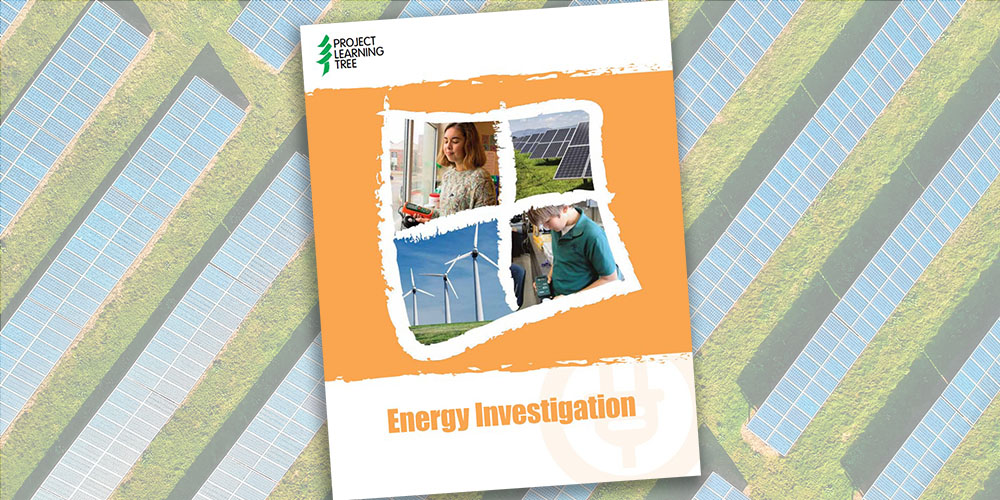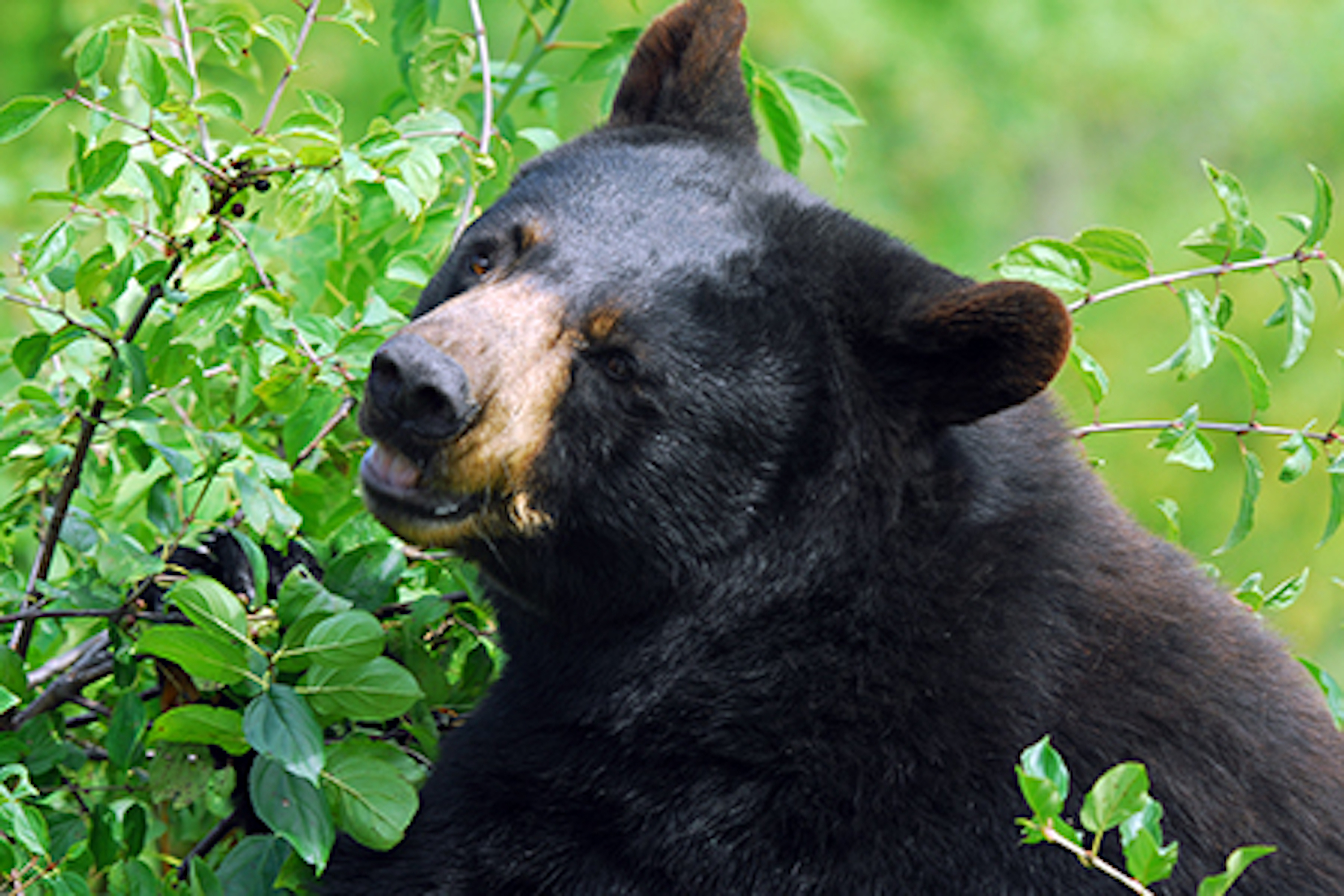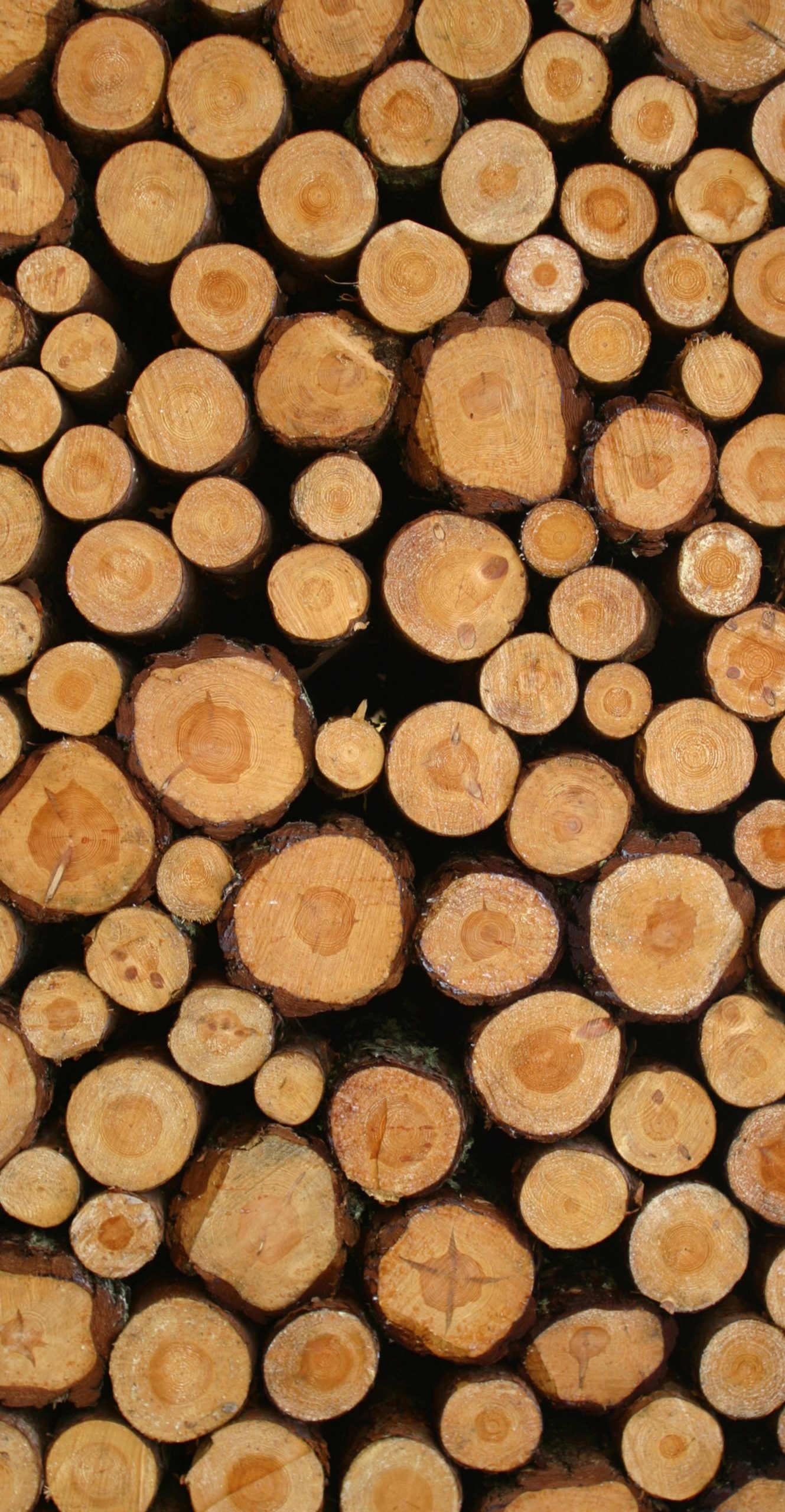Forests of the World
Nearly 30% of the land area on our planet is covered by forests.
Global Connections: Forests of the World provides opportunities for high school teachers and students to gain an increased understanding of — and appreciation for — the diversity of global forests. The lessons emphasize the interactions people have with forests and our dependence on them. The activities provide students with opportunities to apply scientific processes and higher order thinking skills while investigating world forestry issues and conducting service-learning action projects.
Educators can access this 148-page module online as an e-book.
The curriculum’s structure is based on the framework of the Montréal Process, an international effort to implement criteria and indicators for forest conservation and sustainable management.
Partnership with the World Forestry Center
Global Connections: Forests of the World is a result of a partnership between Project Learning Tree and the World Forestry Center. It is designed for use in biology, geography, agriculture, and other science and social studies courses at the high school or early college level.
How to Use the Module
This module is designed for educators of students in grades 9-12. With some adaptation, it can be readily used in community college and other introductory college courses. It focuses on developing skills in researching, analyzing, and problem solving.
Testimonials
“Ahora es el tiempo para actuar o perderemos para siempre la naturaleza como la conocemos. Aprendamos del pasado y eduquemos a nuestra juventud sobre el medio ambiente. Preveamos el futuro pero actuemos hoy¡” ENGLISH TRANSLATION: “Now is the time to act or we will lose forever the natural world as we now know it. Let’s learn from our past and educate our young people about the environment. We need a vision for the future, but let’s act now!” – Julio Carrera López, President, Protección de la Fauna Mexicana, México
“Globally, deforestation, illegal logging and a changing climate all threaten our shared forest resource. Through education we can minimize these threats and advocate for tools that advance forest leadership so that our children are ensured a future with healthy forests.” – Kathy Abusow, President & CEO, Sustainable Forestry Initiative
Analyzing Patterns of Forest Change
Students analyze factors that can change forests by using data sets, maps and other information. They also examine projections about future climate conditions and explore how these factors may change forests in the 21st century.
Exploring the World Marketplace
Students conduct a simulation in which countries use their forest resources to "manufacture" products and to sell them to an international trader. Through the simulation, students explore some of the tradeoffs of resource use.
Making Consumer Choices
Using paper as an example, students analyze the life cycle and consumption patterns of forest products, and identify the international dimensions of product use. They then draw conclusions about consuming forest products in a more intelligent way.
Making the Global Connection
Students create and conduct a survey to help them determine how they and others view themselves as linked to forests around the world.
Mapping the World’s Forests
A holistic system of global ecological zones is now used to classify the world’s forests. In this activity, students examine this system to see how temperature and moisture determine the type of forest in a given locale.
Researching Forests Around the World
Students explore their connections to the world’s forests by researching a forest in another country or region and by creating a profile about that forest.
Seeking Sustainability: A Global Response
Students consider indicators that a forest is sustainable, and learn about one international initiative for monitoring forest sustainability. They also find out what is being done locally and in other countries to determine sustainability.
Understanding the Effects of Forest Uses
In this activity, students analyze the effects of different ways that people use the world’s forests and determine which effects may be sustainable according to one definition.
What Is a Forest?
Dozens of official definitions of the term forest are in use throughout the world. In this activity, students analyze various definitions of this term and then consider different cultural perspectives that affect people’s perceptions of forests.
Login to download supporting materials such as appendices and teaching tips.
Login
 Get this Guide
Get this Guide
 Find Training
Find Training
